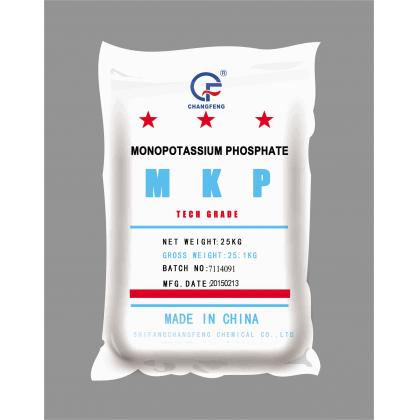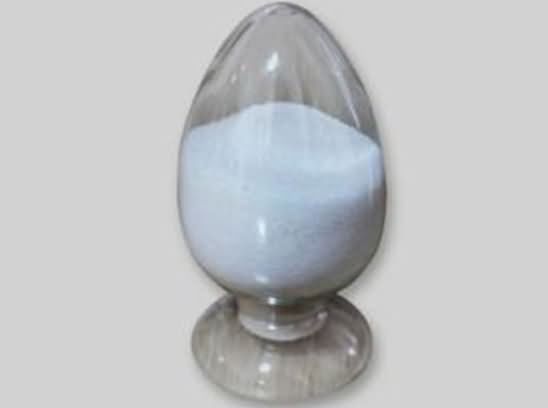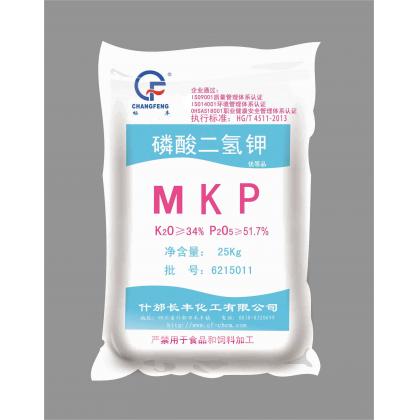Feed Additive
Additives For Food Packaging
Colorant
Stabilizer and Coagulator
Water Retention Agent
Feed Deworming Health Agents
Anti Corrosion and Preservation
Color Fixative
Flour Treatment Agent
Defoamer
Coating Agent
Feed Vitamins
Emulsifier
Other Food Additives
Nutritional Fortifier
Thickening Agent
Feed Quality Enhancer
Antioxidants
Chewing Gum Bases
Bulking Agent
Feed Amino Acids and Small Peptides
Flavor Enhancer
Sweeteners
Additives For Feed Preservation
Other Feed Additives
Food Additive
Bleaching Agents
Anticaking Agent
Food Flavors and Fragrances
Enzyme Preparation
Feed Trace Elements
Acidity Regulators
Feed Growth Promoters
Feed Conditioner
CAS:16788-57-1
Molecular Formula:H7K2O7P
Alias
More Information
Potassium Phosphate,Dibasic,Trihydrate; Potassium Hydrogen Phosphate Trihydrate; Potassium Phosphate,Dibasic Trihydrate; Potassium Phosphate Dibasic Trihydrate; Di-Potassium Hydrogen Orthophosphate 3-Hydrate; Di-Potassium Hydrogen Orthophosphate Trihydrate; Di-Potassium Hydrogen Phosphate Trihydrate; Di-Potassium Hydrogen Phsophate, 3-Hydrate; Sec Potassium Phosphate Trihydrate; Potassium Hydrogen Phosphate; Potassium Hydrogenphosphate Trihydrate
Brief Introduction
This product can be used to prepare buffer, buffer in antifreeze and nutrient in antibiotic medium.
It can be used as food additive and sweetener.
CNY 14 Million
23310m²
50-100 People
Manufacturing
Manufacturing
| Product Photo | Specification | Grade | Max Capacity | Certificates | Package | |
|---|---|---|---|---|---|---|
|
|
||||||
| Tech Grade | - | - |
25kg /
Woven Bag
|
Main products:
Dipotassium Hydrogen Phosphate Trihydrate
/Ammonium Polyphosphate
/Melamine Phosphate
/Potassium Dihydrogen Phosphate
/Dipotassium Hydrogenphosphate
/Ammonium Dihydrogen Phosphate
/Diammonium Hydrogen Phosphate
CAS:87061-04-9
Molecular Formula:C13H26O3
Alias
More Information
3-(5-Methyl-2-Propan-2-Ylcyclohexyl)Oxypropane-1,2-Diol
Brief Introduction
It can be used as a food additive.
CAS:141-43-5
Molecular Formula:C2H7NO
Alias
More Information
1-Amino-2-Hydroxy-Ethane; 2-Hydroxybutylamine; 1-Amino-2-Hydroxy-Butane; Monobutanolamine; 1-Amino-Butan-2-Ol; 2-Aminoethanol; 2-Hydroxyethylamine; Amino-2-Butanol; 1-Amino-2-Butanol; Monoethanolamine; Mono-Ethanolamine; MEA; mono Ethanol Amine; ;
Brief Introduction
Used as chemical reagent, solvent, emulsifier, rubber accelerator, corrosion inhibitor, etc. It is used as gas chromatography stationary liquid, and GB 2760-96 stipulates that it is allowed to be used as processing aid for food industry. It is used to remove acid gas from natural gas and petroleum gas and manufacture non-ionic detergent, emulsifier, etc. Monoethanolamine is mainly used as plasticizer, vulcanizing agent, accelerator and foaming agent of synthetic resin and rubber, as well as intermediate of pesticide, medicine and dye. It is also the raw material of synthetic detergent and emulsifier for cosmetics. Textile industry as printing and dyeing whitening agent, antistatic agent, mothproof agent and detergent. It can also be used as carbon dioxide absorbent, ink additive and petroleum additive. Monoethanolamine is widely used as a purification solution for extracting acidic components from various gases (such as natural gas). Piperazine hexahydrate can be prepared by cyclization and neutralization of monoethanolamine hydrochloride. Monoethanolamine hydrochloride can be prepared by chlorination of sulfoxide chloride and substitution of sodium thiosulfate β- Aminoethyl thiosulfate. This is a dye intermediate for the production of polycondensation turquoise blue 13g. Thiothiazoline, an intermediate used in rubber and pharmaceutical industry, can be prepared by the reaction of monoethanolamine with carbon disulfide. Monoethanolamine is an important corrosion inhibitor, which plays a role in boiler water treatment, coolant of automobile engine, drilling and cutting oil and other lubricating oils. However, monoethanolamine should not be combined with nitrite corrosion inhibitors to prevent the formation of nitrosamine carcinogens. It is mainly used as absorbent for acid gases (such as hydrogen sulfide, carbon dioxide, etc.) in petroleum gas, natural gas and other gases. It can also be used as plasticizer, preservative, accelerator, crosslinking agent, cosmetic emulsifier, foaming agent, fabric mothproof agent, ink additive, printing and dyeing whitening agent, rubber vulcanizing agent, antistatic agent, etc. It is also the raw material for the synthesis of pharmaceuticals, pesticides, dye intermediates and surfactants. Used as liquid chromatography solvent, eluent and additive. It is used as tail sealing agent in the preparation of liquid chromatography stationary phase. It is mainly used as detergent and solvent detergent. It is also used in the preparation of textile printing and dyeing whitening agent and emulsifier. It is also used as carbon dioxide absorber, ink additives, petroleum additives, pesticides and pharmaceutical intermediates. It can also be used as a solvent for absorbing acid gas in natural gas and as emulsifier matrix and penetrant in cosmetics. Monoethanolamine can be used as a gas purifier to absorb hydrogen sulfide, carbon dioxide and other acid gases in natural gas, refinery gas and syngas. Monoethanolamine is an intermediate for the preparation of emulsifier and is used as antistatic agent, mothproof agent and detergent in textile processing.
Alias
More Information
Quinoline Blue; 1-(3-Methylbutyl)-4-((1-(3-Methylbutyl)-4(1H)-Quinolylidene)Methyl)Quinolinium Iodide; Quinolinium, 1-(3-Methylbutyl)-4-[[1-(3-Methylbutyl)-4(1H)-Quinolinylidene]Methyl]-, Iodide; (4E)-1-(3-Methylbutyl)-4-[[1-(3-Methylbutyl)Quinolin-1-ium-4-yl]Methylidene]Quinoline;Iodide; 1-Isopentyl-4-((1-Isopentylquinolin-4(1H)-Ylidene)Methyl)Quinolin-1-ium Iodide; Cyanine 3.5
Brief Introduction
Cyanine is a pigment that converts anthocyanidin into aglycone. It is used as a dye for food additives, colored inks, medicines, etc. Moreover, it is also a polyphenol, so it is expected to have the effect of functional pigments.
CAS:6556-12-3
Molecular Formula:C6H10O7
Alias
More Information
(2S,3S,4S,5R)-2,3,4,5-Tetrahydroxy-6-Oxohexanoic acid; D-(+)Glucuronic acid; DL-Glucuronic acid; Aldehydo-D-Glucuronic acid; DL-Glucuronicacid; (d)-Glucuronic acid; Glucuronic acid; D-Glucuronate; Alpha-D-Glucofuranuronic acid; Glucuronic acid, D- (8CI); D-(+)-Glucuronic acid; Glucosiduronic acid; β-D-Glucopyranuronic acid; (2S,3S,4S,5R,6R)-3,4,5,6-Tetrahydroxyoxane-2-Carboxylic acid
Brief Introduction
D-glucuronic acid is also widely used in fields such as medicine and health products. It can be used as an intermediate to synthesize D-glucuronic acid calcium, D-glucuronic acid 1,4-lactone, and L-ascorbic acid, which have anticancer and anticancer effects. It can also be added as a food additive to functional beverages. Its advantageous role is constantly being explored, with enormous potential economic benefits.
Inquiry (
10
/ 10
)
Clear All
Sign In
Error!






